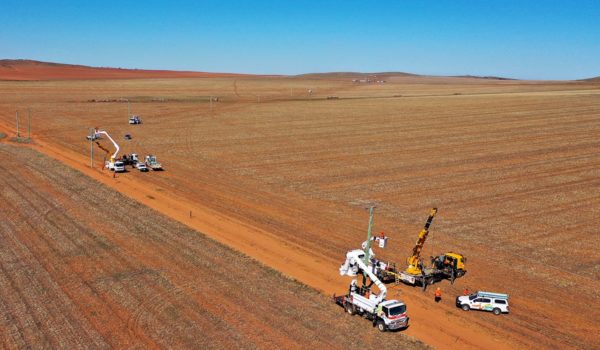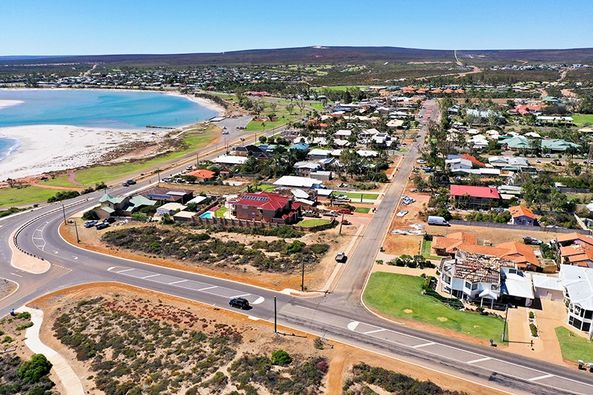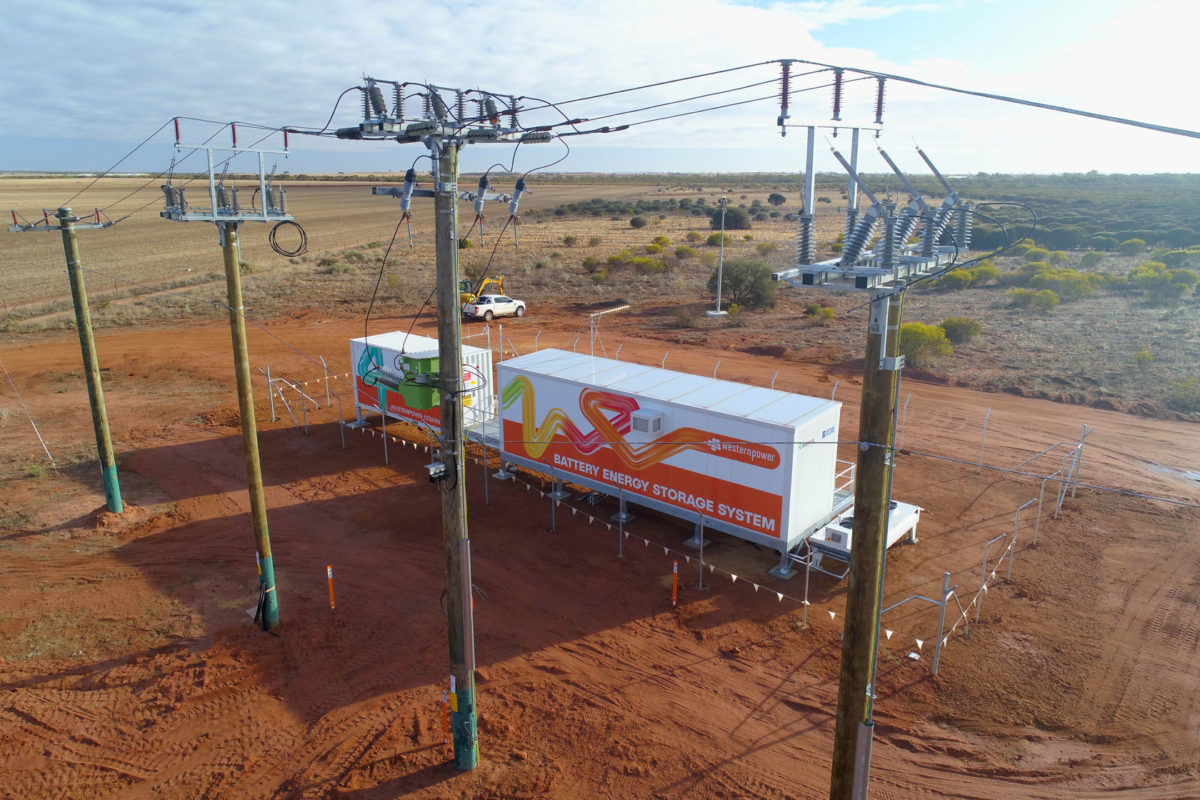Western Australian government-owned utility Western Power is seeking registrations of interest to understand the capacity of the market to develop a disconnected microgrid (DMS) in either the Mid West, Wheatbelt or Great Southern areas as it transitions to a modular, autonomous grid utilising microgrids and standalone power systems (SPS).
It is expected that at least 90% of energy generation of the proposed DMG, which will operate independently from the rest of the grid, will be via renewable sources, likely solar PV. The renewable generation will be supported by battery energy storage and diesel generator back-up. Western Power said a DMG is similar to a SPS but services more than five customers.
Western Power said the DMG project will initially focus on just one town but there is the potential to provide similar services to other towns in the state’s remote and regional areas.
“We’re disconnecting from our grid,” the state-owned utility said.
“We’re seeking registrations of interest to understand the capability of the market to develop a disconnected microgrid, a small, isolated network operating independently from the rest of the grid.
“It’s another step in our move towards a future modular network.”
Western Power is responsible for building, maintaining and operating the electricity network within the South West Interconnected System (SWIS) which connects more than 1.1 million customers to traditional and renewable energy sources. The state’s primary electricity system, the SWIS has a network of more than 7,800 kilometres of transmission lines.
The network operator has acknowledged that its aging distribution network is approaching end of life in many areas, with replacement costs presenting a significant challenge, particularly in remote locations.

Image: Western Power
Western Power said for rural towns near the edge of the grid, the sustainability issue in replacing the network can be compounded by poor reliability, with customers experiencing frequent power interruptions due to stretches of bare overhead conductor sometimes hundreds of kilometres long.
“Our choice is whether to spend many dollars replacing it to keep the network and power supply safe, or where possible, do something different that provides a better outcome and is more cost efficient,” the company has said.
Western Power, which is also progressing the Kalbarri microgrid, said preliminary feasibility assessments indicated that in some cases the rebuilding of the network presents significantly higher costs than providing a supply to the same load via a DMG.
“Microgrids are a very exciting solution to some of the issues we have in powering our regional areas. Combined with new technology such as batteries, they offer a robust solution to some of the issues we forecast on the network,” the company said.
“They’re of particular benefit for our rural WA customers, where the distances between the closest substation to the load that needs supply can be vast. This means the load on the end of sometimes thousands of kilometres of line is subject to any outages that may occur upstream such as lightning strikes, vegetation impacts and storms.”
Western Power said the proposed DMG would need to be capable of supplying a town with a peak load in the order of 200 kW. However, future DMGs are likely to be up to 600 kW peak. The expected daily average kWh is likely to be in the order of 350 kWh with an estimated seasonal peak of about 1 MWh per day.
Registrations of interest in the proposed project will be accepted until January 7, 2022 with the DMG to be delivered by June 2023.

Image: Western Power
WA Energy Minister Bill Johnston welcomed the DMG initiative, saying the state government is committed to exploring technological innovations to ensure a reliable and cost-effective power supply.
“Disconnected microgrids could play a crucial role in improving reliability for regional businesses and homeowners,” he said.
“Stand-alone power systems and microgrids remove the risk of outages caused by power supplies travelling long distances, which are exposed to plant and animal impacts, lightning, high winds, and bushfires.
“Disconnected microgrids can provide low-carbon emission benefits and will help reach our target of net zero carbon emissions by 2050.”
Meanwhile, Western Power has revealed that commissioning of the Kalbarri microgrid has been delayed.
A company spokesperson said in August that the microgrid, which will utilise wind and solar PV power, battery energy storage and the grid to improve the reliability of electricity supply to the community on the state’s mid-west coast was to be launched in November.
Since then, the company has revealed the microgrid is still undergoing final on-grid commissioning with the final handover to Western Power of the system anticipated for late December.
This content is protected by copyright and may not be reused. If you want to cooperate with us and would like to reuse some of our content, please contact: editors@pv-magazine.com.









By submitting this form you agree to pv magazine using your data for the purposes of publishing your comment.
Your personal data will only be disclosed or otherwise transmitted to third parties for the purposes of spam filtering or if this is necessary for technical maintenance of the website. Any other transfer to third parties will not take place unless this is justified on the basis of applicable data protection regulations or if pv magazine is legally obliged to do so.
You may revoke this consent at any time with effect for the future, in which case your personal data will be deleted immediately. Otherwise, your data will be deleted if pv magazine has processed your request or the purpose of data storage is fulfilled.
Further information on data privacy can be found in our Data Protection Policy.